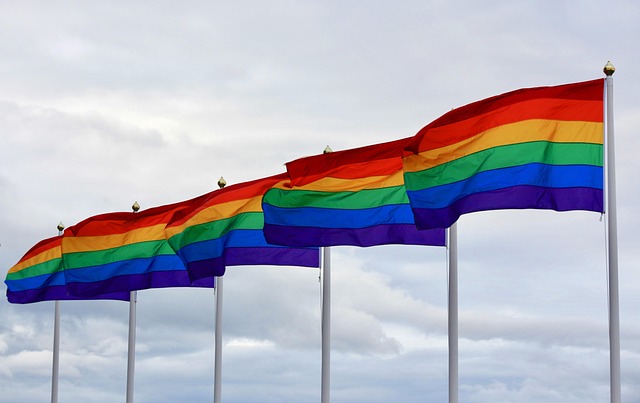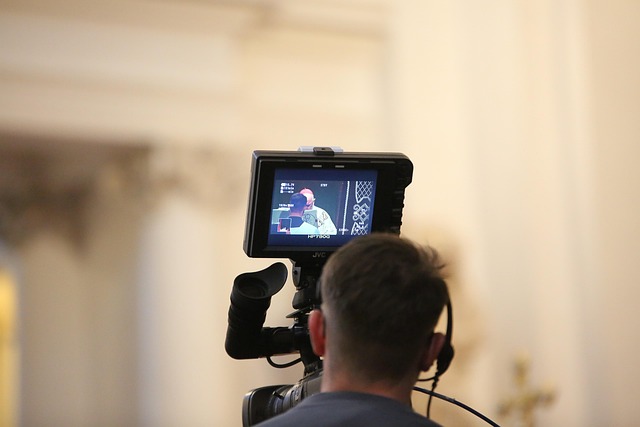
Breaking Barriers: Achieving Equality in Communication Through Science, Technology, and Workplace Culture
In today’s fast-paced world, the importance of equality in communication cannot be overstated. As we navigate through an increasingly interconnected society, the need to break down barriers has never been more crucial. The intersection of science, technology, and workplace culture plays a pivotal role in fostering an environment where every voice is heard and valued.
Science has long been a beacon for understanding complex human behaviors and interactions. Research shows that clear communication is essential for successful teamwork and collaboration. By leveraging scientific findings, organizations can implement training programs designed to enhance interpersonal skills across diverse teams. This not only maximizes efficiency but also promotes a sense of belonging among employees. When people feel included, they are more likely to contribute their ideas, ultimately leading to innovative solutions and a richer workplace culture.
Technology, on the other hand, has transformed the way we communicate. From instant messaging platforms to video conferencing tools, technological advancements have made it possible for individuals from different backgrounds to connect with ease. However, for technology to truly serve its purpose in achieving equality in communication, it must be accessible to all. Companies must prioritize inclusivity by ensuring that their communication tools accommodate various abilities and preferences. By doing so, they empower their workforce to express themselves freely, enhancing collaboration and creativity.
Moreover, workplace culture is the foundation upon which effective communication thrives. An organization that prioritizes open dialogue, respect, and transparency is more likely to cultivate an environment that champions equality. Leaders play a crucial role in setting the tone; they must actively listen to their team, encourage diverse perspectives, and model inclusive behaviors. When management demonstrates a commitment to equality in communication, it permeates the entire organization, fostering trust and collaboration among all employees.
Embracing diversity is not just about gender or ethnicity; it also encompasses different communication styles and preferences. Employers should provide resources and training to help individuals communicate effectively with their colleagues. By recognizing and valuing these differences, organizations can create a more inclusive workplace where everyone feels empowered to share their thoughts and ideas.
As we continue to explore the role of science, technology, and workplace culture in achieving equality in communication, it’s clear that we are at a pivotal moment. By breaking down barriers and fostering inclusivity, we can create a society where every individual has a seat at the table, and every voice is amplified. Together, we can pave the way for a brighter, more equitable future in communication.



